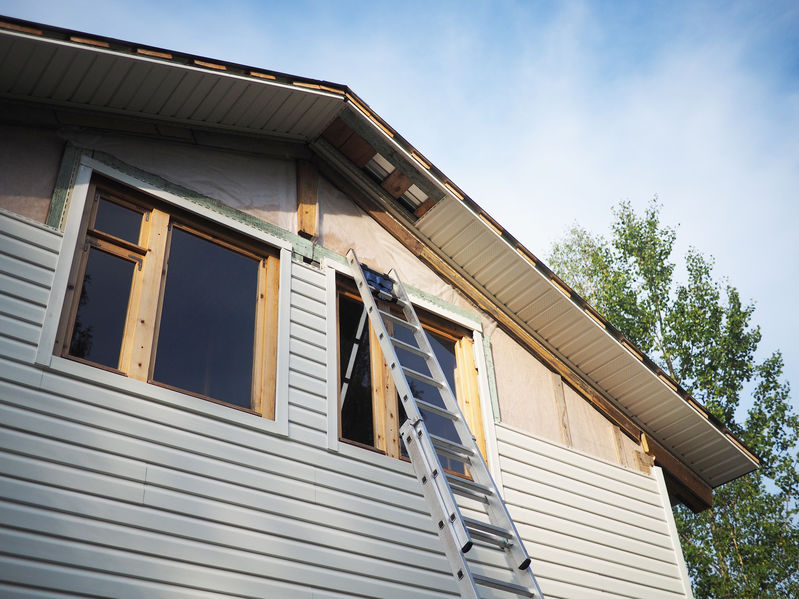
- Excess Energy Bills
If you find yourself paying so much money for energy bills, more above the normal range, sometimes the problem could be in your siding. This is after you have confirmed that your insulation is intact and that your electrical heaters are in good condition. If moisture is finding way into the walls, heat from inside the house is lost to the outside so fast through the process of convection. The result is that you tend to use your heaters more frequently to maintain warmth in your house. In addition, the heaters are going to do an extra job in heating the house, and this means that the energy bills will hike beyond the normal range.
- Excessive Fading
Severe fading is another sign that your siding is not functioning effectively since the waterproof may be worn out. While the waterproof is meant to protect you from moisture problems and when excessive fading has occurred, it then means that even the waterproof is damaged. In this case, moisture will find its way into the walls and this may cause structural damage, growth of mold and pests, as well as hiking your energy bills. In such a situation, you should consider repairing or replacing the siding before things get worse.
- Blisters and Bubbles
If you happen to see bubbles and blisters on your inner walls or on the siding itself, this is a sign that water is trapped in the siding. This is because when moisture penetrates the siding, it is trapped underneath the paint and this is manifested in the bubbles and blisters visible on the siding surface and the inner walls. When you happen to see this, it is time to replace the siding. Otherwise, you will keep replacing the paint frequently, which is very costly. You will also be risking massive structural damage.
- Fungus, Mold, and Mildew
A worn-out siding allows moisture to penetrate inside the walls, during rainy seasons. These moist conditions are perfect breeding grounds for mold, fungus and other microorganisms that can pose a serious risk on the structure as well as your health. Mold and fungi make us sick, while still eating up on the walls and the wood through rotting. Upon seeing this sign, you should replace the siding as soon as possible because the whole structure will come crumbling. You will also be spending extra money on medication due to allergies caused by the mold.
- Cracks and Holes on the Siding
Another sign of faulty siding is the evidence of cracks and holes on the surface of the siding itself. Upon exposure to high temperatures during hot summers then sudden cooling during the winter, the siding may experience cracking and warping. When rainwater is trapped into the cracks, the siding may warp and rot, rendering it dysfunctional and this calls for replacement with a new one.
- Frequent Painting
When moisture gets trapped into the siding, on the onset of the rains, it causes blistering band bubbling on the paint, both inside and outside the house. The bubbles and blisters eventually make the paint fall off the walls. Therefore, if you are certain the paint you have been applying frequently is of high quality, then the problem could be on the siding and it is time to replace it. Failure to do this, you will continue spending money on unnecessary painting because of faulty siding.
Having learned from the mistakes you made when installing the siding, you should now be more cautious about the kind of material you use in the future. Some of the best siding options you can consider include vinyl, natural stone, natural hardwood, and brick. Most of these materials are very beautiful and will give decades of service, as some like stone and brick can last almost infinitely. You should hire the best contractor for installation because no matter how good the siding material is, when the installation is poor, you will go back to the same problem.
